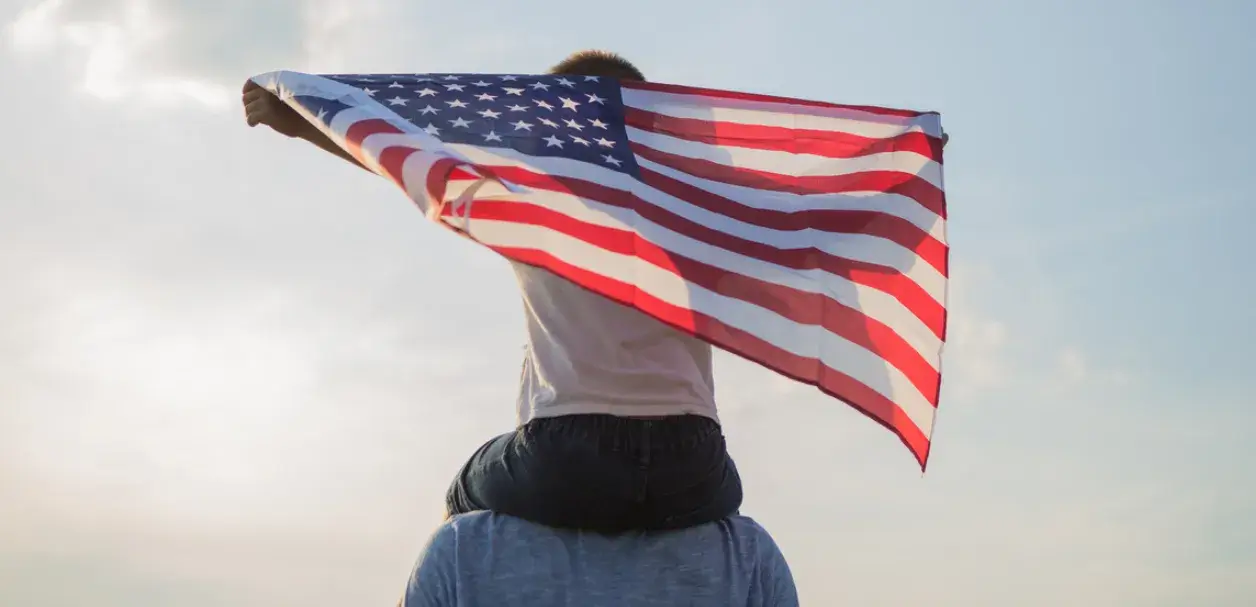America celebrates July 4th as the birth of the nation’s independence, commemorating the date in 1776 when the Continental Congress declared the 13 colonies’ political separation from Great Britain.
Those early patriots cruelly toasted a kind of freedom while millions remained in bondage–enslaved and brutally colonized on North American soil for nearly 90 more years. The 13th Amendment to the Constitution didn’t officially end slavery in the United States until 1865, and full rights of citizenship for black people remain contested to this day.
And as I noted in Reading for Our Lives, mass literacy was so threatening to enslavers that they routinely met black people’s attempts at reading with anti-literacy statutes, whippings, amputations, and even murder.
Cutting the finger of the offending reader down to the first joint was common. Mississippi law made corporal punishment “not exceeding thirty-nine lashes” the price to be paid by groups of black people—enslaved or free—who dared assemble to learn reading or writing. South Carolina created stiffer and stiffer anti-literacy statutes between 1740 and 1834, eventually punishing black readers with up to 50 lashes. And even in states like Maryland where the law didn’t prohibit such teaching, custom often did.
Historian Heather Andrea Williams explains how denying literacy was meant to deny enslaved people’s very humanity and prolong their captivity. “Reading indicated to the world that this so-called property had a mind, and writing foretold the ability to construct an alternative narrative about bondage itself,” she writes. “Literacy among slaves would expose slavery, and masters knew it.”
So amid the rush of fireworks, pageantry, and barbecue, my husband and I always pause to consider the boundaries of the freedoms our nation extols: Whose rights are granted, protected, and expanded, and whose are not.
Of course, there’s reading involved. We reread and discuss Frederick Douglass’s speech, “What to a Slave is the Fourth of July?”, every year. It’s a brilliant oratory from perhaps the greatest American and it offers a timely reminder not to allow myth to obscure truth or celebration of progress to minimize the urgent need for more.
When called to speak at a Fourth of July celebration in 1852, the former slave and famed abolitionist asked if the invitation was meant to mock him with its hypocrisy. What, from the perspective of those held in bondage, could Independence Day possibly mean?
Douglass answered: “a day that reveals to him, more than all other days in the year, the gross injustice and cruelty to which he is the constant victim. To him, your celebration is a sham; your boasted liberty, an unholy license; your national greatness, swelling vanity; your sounds of rejoicing are empty and heartless; your denunciation of tyrants, brass fronted impudence; your shouts of liberty and equality, hollow mockery; your prayers and hymns, your sermons and thanksgivings, with all your religious parade and solemnity, are, to Him, mere bombast, fraud, deception, impiety, and hypocrisy—a thin veil to cover up crimes which would disgrace a nation of savages.”
And this, I think, is what we’re reading for. To better understand the history that’s led us here. To abandon illusions. To commit to progress. To right wrongs. To liberate through literacy. And Douglass’s own story illustrates powerfully just how well literacy paves the path to liberation. His road to reading started out forthrightly enough, when his enslaver’s wife taught him the alphabet and a few short words.
But this early instruction was cruelly cut short by a lesson his teacher received: that literacy and slavery were incompatible. In an autobiography, Douglass recalls his enslaver warning his wife, “A nigger should know nothing but to obey his master—to do as he is told to do . . . Now, if you teach that nigger (speaking of [Douglass]) how to read, there would be no keeping him. It would forever unfit him to be a slave.”
Douglass heard his enslaver’s tirade for what it was—a clear admission that literacy was no less than “the pathway from slavery to freedom.” Thus motivated, he set out to learn to read “with high hope, and a fixed purpose, at whatever cost of trouble.”
He mastered the letters S, L, F, and A from the scribblings of Baltimore shipyard carpenters who marked timber placements starboard or larboard side and forward or aft. He plied poor Irish immigrant boys with bread to get them to teach him the letters they knew. Then Douglass snuck away to scrawl the treasured letters with a lump of chalk on a board fence, brick wall, or pavement, and copied them in the spaces left in a white child’s old Webster’s Spelling Book until he knew them cold.
Literacy, starting with the recognition and naming of 26 letters, offered the enslaved a measure of mobility, privacy, and liberty that was as precious as life itself. Thousands of enslaved men, women, and children ventured this dangerous, covert pursuit of the alphabet and the powerful words it made by any means they could, and an estimated 5% succeeded in learning to read by 1860.
Perhaps thousands more perished trying. Enoch Golden, a black reader and teacher, is said to have mused on his deathbed that he had “been de death o’ many a nigger ’cause he taught so many to read and write.”
Your child’s journey won’t be this perilous. But make no mistake, literacy today is no less powerful a means of resistance and liberation. And there are still considerable obstacles to its attainment, especially for children who are poor or black.
Want to support my work to foster liberation through literacy? Here are 10 Ways to Help Me Promote Literacy for All.

